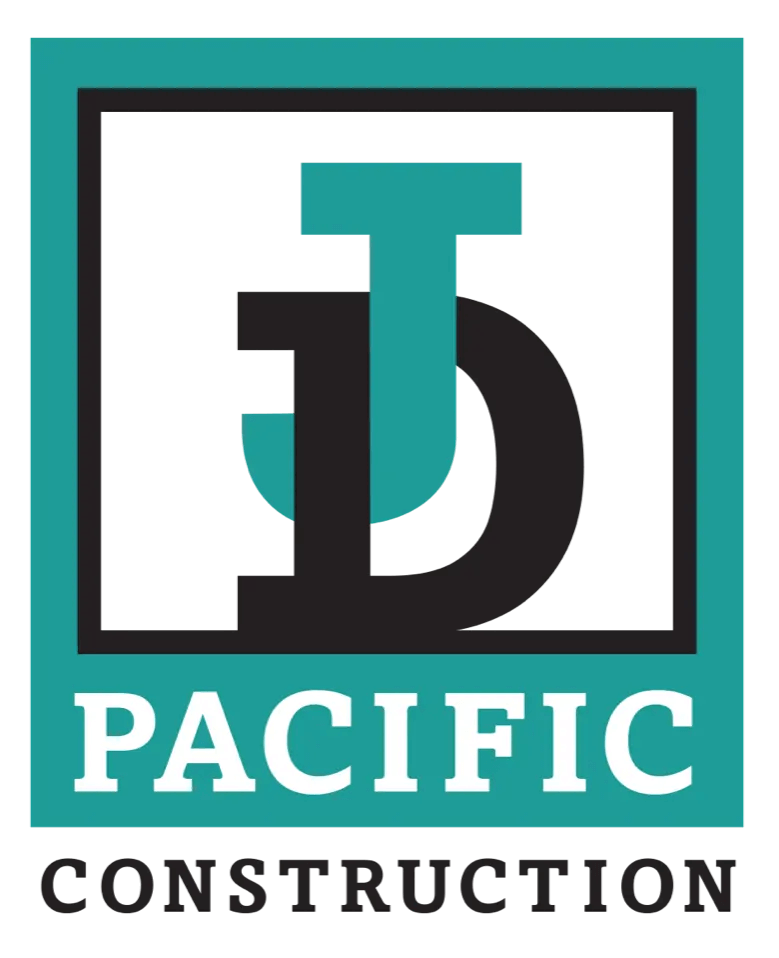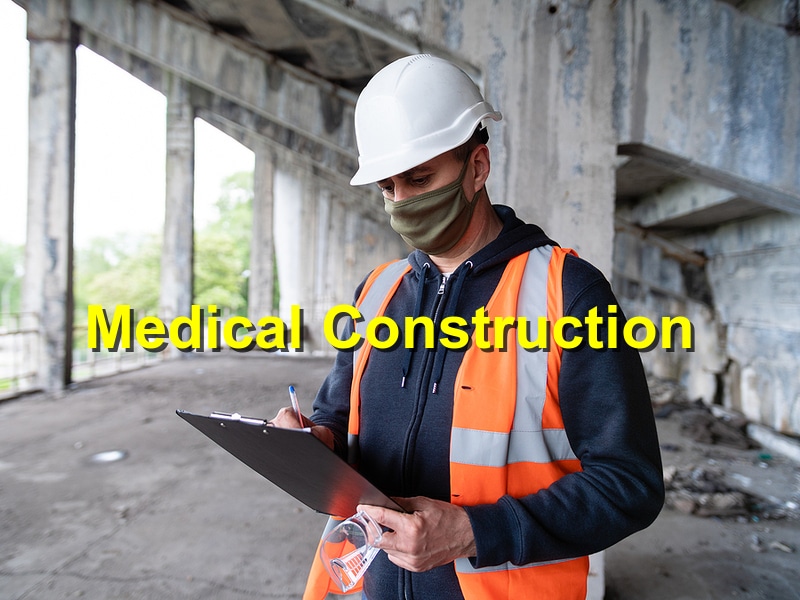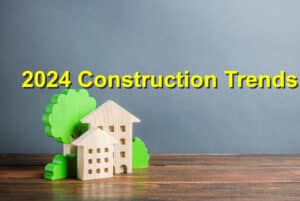The medical construction industry is evolving rapidly, with 2025 bringing new trends, technologies, and design philosophies to healthcare facilities. As patient care models change, so do the spaces that support them, emphasizing flexibility, technology integration, and enhanced safety.
In this article, we’ll explore key trends and innovations driving medical construction in 2025, offering insights into how healthcare organizations, architects, and construction professionals can stay ahead in this critical field.
1. Prioritizing Flexibility and Adaptability
1.1 Multi-Functional Spaces
Modern healthcare facilities need to adapt quickly to changing demands, from routine care to emergency responses:
- Modular designs allow for easy reconfiguration of patient rooms, treatment areas, and waiting spaces.
- Convertible spaces that serve as exam rooms, telehealth studios, or triage areas as needed.
- Mobile equipment and furniture to transform spaces without major renovations.
1.2 Future-Proofing Designs
Construction in 2025 emphasizes long-term adaptability:
- Infrastructure for emerging technologies, such as robotic surgeries and remote monitoring systems.
- Easily upgradable utilities, including electrical, HVAC, and plumbing systems.
- Design considerations for future expansions or facility modifications.
Flexible designs help facilities respond to healthcare trends, from pandemic preparedness to specialized treatment needs.
2. Embracing Technology and Innovation
2.1 Smart Healthcare Facilities
Smart technologies are enhancing efficiency, safety, and patient experience:
- Automated lighting, temperature control, and ventilation systems for comfort and energy efficiency.
- Real-time asset tracking for medical equipment and supplies.
- Integrated communication systems that connect staff, patients, and emergency services.
2.2 Telehealth and Digital Infrastructure
The rise of telehealth has influenced medical construction priorities:
- Dedicated telehealth spaces with soundproofing and video capabilities.
- Robust IT infrastructure to support high-speed internet, data security, and remote monitoring devices.
- Designs that accommodate virtual consultations alongside in-person visits.
Technology integration not only improves operational efficiency but also enhances patient outcomes.
3. Focusing on Patient-Centered Design
3.1 Promoting Healing Through Design
The built environment plays a critical role in patient recovery:
- Natural light, calming colors, and green spaces reduce stress and anxiety.
- Noise-reducing materials and acoustic designs improve rest and privacy.
- Biophilic elements, such as indoor plants and nature-inspired decor, support mental well-being.
3.2 Accessibility and Inclusivity
Healthcare facilities must meet the needs of all patients, including those with disabilities:
- Universal design principles ensure wheelchair accessibility, visual and auditory aids, and user-friendly navigation.
- Wayfinding innovations, such as digital directories and multilingual signage, enhance visitor experience.
- Comfortable and inclusive spaces for diverse patient populations, including families, caregivers, and support animals.
By focusing on patient needs, facilities can improve care experiences and boost satisfaction.
4. Enhancing Safety and Infection Control
4.1 Designing for Infection Prevention
The COVID-19 pandemic has redefined healthcare construction, prioritizing infection control:
- Separate entrances for infectious patients to reduce cross-contamination.
- Touchless technologies, including automatic doors, faucets, and elevators.
- Negative pressure rooms and advanced HVAC systems to control airborne pathogens.
4.2 Streamlining Patient and Staff Flow
Efficient layouts minimize exposure risks:
- Designated zones for clean and contaminated workflows.
- Strategic placement of hand hygiene stations.
- One-way corridors to reduce traffic congestion.
These strategies help create a safe environment for patients, staff, and visitors alike.
5. Sustainability in Medical Construction
5.1 Eco-Friendly Building Practices
The trend toward sustainability continues to influence healthcare construction:
- Energy-efficient systems, including LED lighting, smart HVAC, and solar panels.
- Water conservation measures, such as low-flow fixtures and rainwater harvesting.
- Sustainable materials, including recycled content and low-emission products.
5.2 Health and Wellness Considerations
Green building standards, such as LEED and WELL certifications, promote healthy environments:
- Improved air quality through enhanced ventilation systems.
- Access to natural light and outdoor spaces for staff and patients.
- Non-toxic materials that reduce indoor pollutants.
By integrating sustainability, healthcare facilities can lower operational costs and enhance health outcomes.
6. Leveraging Data and Analytics in Construction
6.1 Using Building Information Modeling (BIM)
BIM technology helps optimize construction processes:
- 3D modeling for precise planning and visualization.
- Predictive analytics to identify potential issues before construction.
- Improved collaboration among architects, engineers, and contractors.
6.2 Monitoring Building Performance
After construction, smart systems can track facility performance:
- Energy use, air quality, and equipment maintenance can be monitored remotely.
- Data-driven insights help optimize facility management and enhance operational efficiency.
These technological advancements contribute to smoother projects and higher-quality outcomes.
Conclusion
The future of medical construction in 2025 is about building smarter, safer, and more adaptable healthcare facilities. By embracing flexible designs, advanced technologies, and sustainability practices, healthcare providers can create environments that support excellent patient care and operational efficiency.
Whether it’s integrating telehealth spaces, enhancing infection control, or using data-driven construction methods, the medical construction industry is well-positioned to meet evolving healthcare needs.
Staying informed about these trends ensures that construction professionals and healthcare leaders can navigate challenges and seize opportunities as they build the future of healthcare.
References: LinkedIn, SmithGroup




